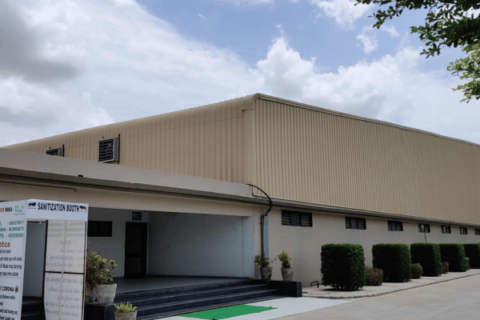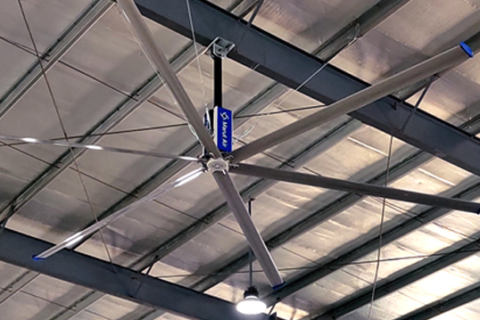Proper ventilation is an important aspect of any building that aims to improve the quality of air in the building, as well as the comfort and health of the occupants. Marut Air, a well-known ventilation engineering company, provides services for ventilating systems that are custom-made according to the special requirements of the building. Below are factors they consider to define the level of ventilation that is required in the house.
Size, Position or Height
This can be attributed to the fact that the height and position of the building play a major factor when it comes to the amount of ventilation needed. High-rise construction always makes it difficult to manage the fresh air supply on every floor of the building. Marut Air considers the above variables to facilitate the distribution of air within buildings of varying heights and locations.
What are the Signs That Indicate You Need to Adjust Ventilation?
Here are some signs that may indicate you need to adjust your ventilation system:
| Category | Signs of Poor Ventilation |
| General signs of poor ventilation |
|
| Health-related signs |
|
| Signs specific to residential buildings |
|
| Signs specific to commercial and industrial settings |
|
Direction of Any Wind and Any Obstacles
The direction of the wind and other possible obstacles, like neighboring buildings or other sorts of structures, have to be taken into consideration while planning for the ventilation system. Marut Air studies wind flow and evaluates the hurdles in order to position the inlet and outlet of air correctly. This means that new and fresh air circulates freely within the compartments of the building, and the old and stale air is released.
Also Read: What is an industrial ventilation system?
Internal Heat Sources
Factors like internal heat gains, which include heat emanating from machines, lights and people traffic, affect the amount of fresh air that is required in a particular area. Marut Air considers the management of temperatures and the requirements of the factors above. A glance at their systems shows that they can control the heat load, hence stabilizing the indoor climate.
Setting up the building’s air supply and evacuation
At Marut Air, these systems are carefully selected in terms of their location to allow proper flow of fresh air and use less energy. In this way, they contribute to maintaining optimum conditions in the supply of fresh air and proper functioning.
How to Raise Ventilation Levels
Increasing ventilation can improve air quality, remove humidity and make the space more comfortable. You can:
- Open windows and vents to allow natural air flow
- Use exhaust fans or air circulators to remove stale air
- Modify HVAC system settings to increase and boost airflow
- Install or upgrade ventilation systems
- Use smart or automated control devices to manage airflow based on occupancy and air quality
How to Reduce Ventilation Levels
Reducing ventilation can maintain code temperature, save energy and limit drafts. You can:
- Close windows, vents, and/or dampers.
- Modify HVAC settings to reduce circulation.
- Use air purifiers or filters to improve recirculated air.
Summing Up
Therefore, it can be concluded that the approach to defining the amount of ventilation, especially factory ventilation necessary depends on several important factors. These factors include the assessment of the height and position of buildings, wind direction, internal heat load, and placement of air systems to ensure the excellent delivery of ventilation solutions by Marut Air.
People Also Ask For Adjusting the Level of Ventilation
Question 1. What is the ideal ventilation level for a home or office?
Answer. The ideal ventilation level for a home or office depends on the room size, occupancy and activities.
Question 2. How does ventilation affect indoor air quality?
Answer. Proper ventilation can improve the air quality by reducing pollutants, allergens and moisture, ensuring a cleaner and healthier indoor air.
Question 3. How often should I maintain or check my ventilation system?
Answer. It is recommended that you maintain your ventilation system at least twice a year to ensure optimal performance and regular maintenance includes cleaning ducts, filters and fans.
Question 4. How can I tell if my ventilation is too low or too high?
Answer. Signs that your ventilation is too low or too high are:
- Low ventilation – stuffy air, odors or excess humidity
- High ventilation – causes drafts, uneven temperatures or increased energy bills





